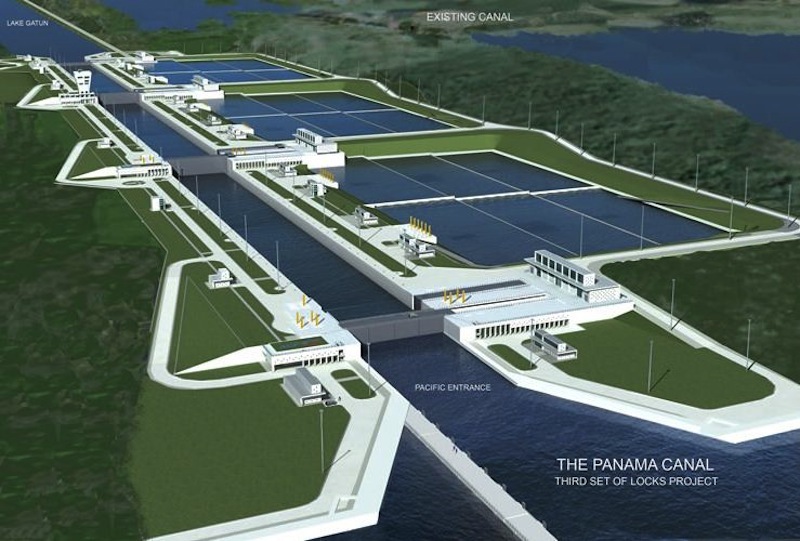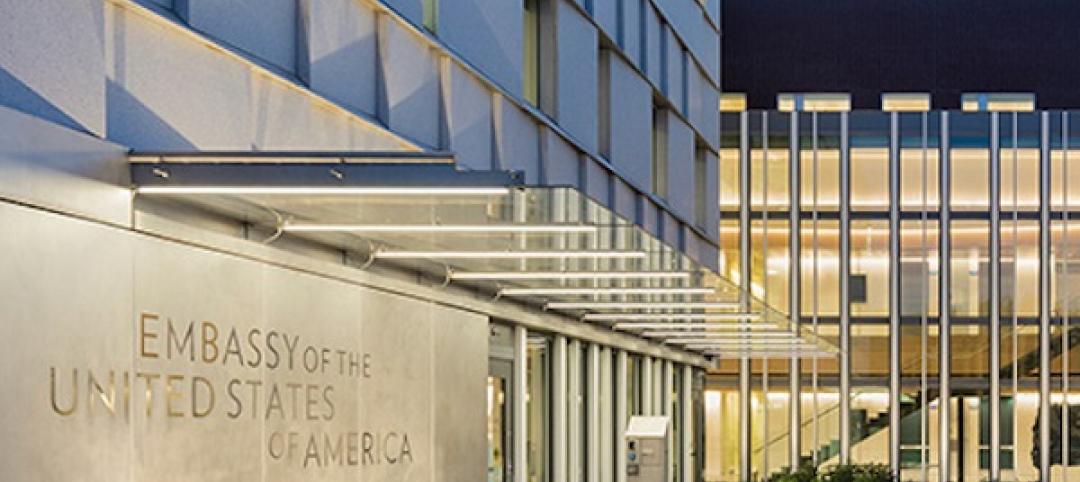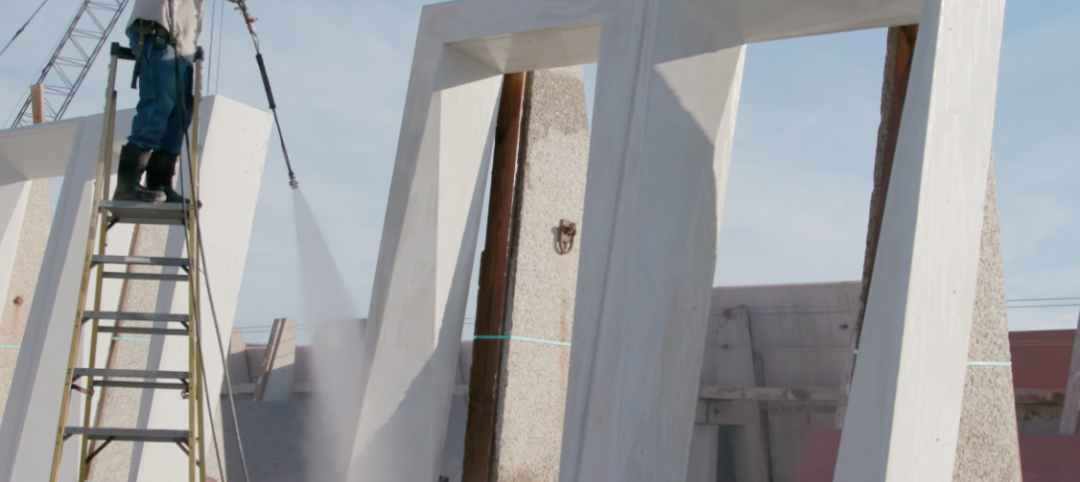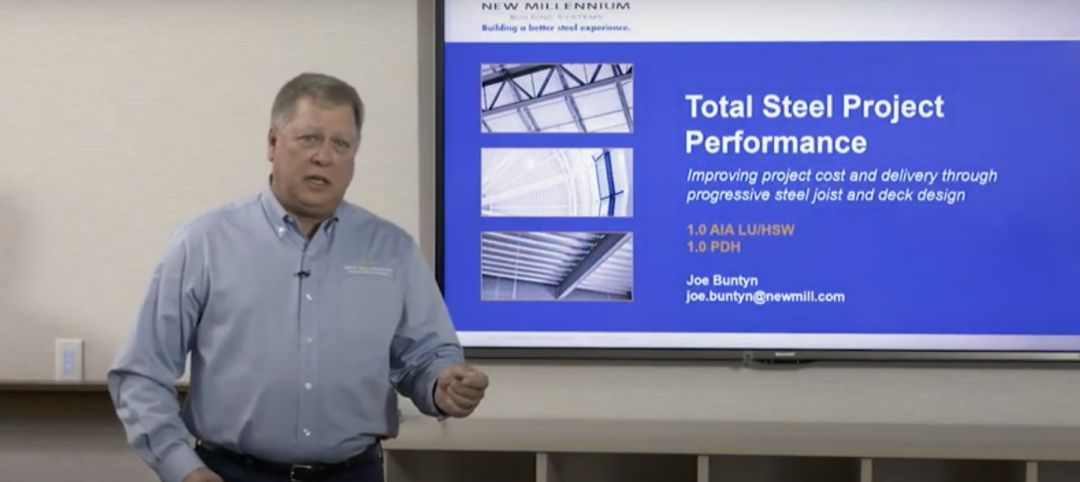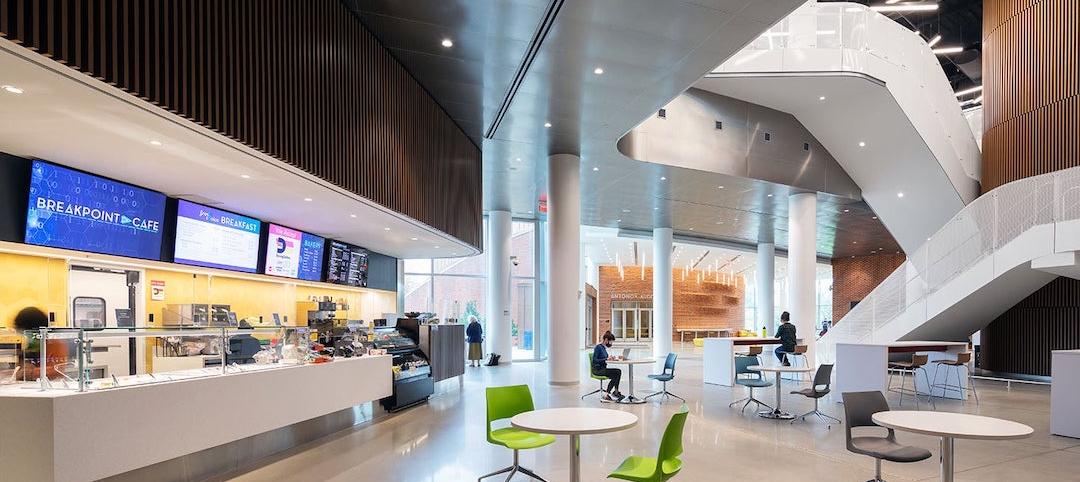The engineering giant Stantec is looking to gain a global foothold in water resources infrastructure through its definitive agreement to acquire MWH Global, a Broomfield, Colo.-based engineering, consulting, and construction management firm.
This is the biggest deal in Stantec’s 62-year history, according to the Edmonton Journal. Stantec confirms to BD+C that, if consummated, the acquisition would boost its annual revenue by 56% to 4.5 billion Canadian dollars (the equivalent of US$3.47 billion).
With 6,800 employees and 187 offices in 26 countries, MWH would also give Stantec a bigger presence in key markets that include the United Kingdom, Australia, New Zealand, South and Central America, and the Middle East. With this merger, Stantec—which is based in Edmonton, Alberta—would be generating 70% of its annual revenue from outside of Canada.
“It’s really a step into another era for us,” Bob Gomes, Stantec’s CEO, told the Journal. “But I don’t want to call it transformational because that sounds risky and it sounds like it’s lucky or it just happened. This is a firm we’ve known for a number of years.”
In this agreement, which both companies’ boards have signed off on, Stantec is paying cash for MWH’s stock. After taking into account assumed debt (estimated to equal 9.5 times MWH’s adjusted cash flow for 2015), the value of this deal is expected to be around US$795 million.
Stantec is financing the merger with equity financing—which includes a C$525 million public offering of 17.36 million subscription receipts priced at C$30.25 each—along with its C$800 million revolving credit facility, and C$450 million in non-revolving debt. CIBC World Markets and RBC Dominion Securities are underwriting the equity offer.
(Acquiring companies sometimes prefer offering subscription receipts—which automatically entitle the holder to receive the equivalent security of the buyer once the acquisition closes—to ensure they have the cash needed to complete the deal in advance of closing.)
Through synergies that would include leveraging its existing back-office functions, Stantec expects the merger produce savings of about $25 million annually by 2017. Neither company provided cost-saving details.

Stantec's growth strategy under CEO Bob Gomes is to expand its global footprint and diversity its services platforms. Image: Edmonton Journal
Stantec, which before this agreement had more than 15,000 employees in over 250 locations worldwide, says the rationale for this acquisition revolves around a growth strategy that positions the company to expand its geographic footprint beyond North America and to diversify its services platform.
MWH has worked on some of the more technically complex water and natural resource projects in the world, including the Panama Canal Third Set of Locks project. Hydroworld.com notes that MWH has been involved as well in the development and rehabilitation of numerous hydroelectric projects worldwide, such as Pakistan’s 102-MW Gulpur and 4,500-MW Diamer Bhasha dams, Malaysia’s 1,400-MW Baleh, and Argentina’s 1,890-MW Salto Grande.
Stantec expects this combination to build on MWH’s position as a prominent design firm within the global water market.
“The Engineering and Technical Services offered by MWH to the Energy and Industry sector are expected to add global capabilities in water-related design services to Stantec’s key hydro-power, oil and gas, mining, and industrial clients,” the company said in its prepared statement about the acquisition.
Stantec went on to speculate that MWH’s global client portfolio should generate cross-selling opportunities for Stantec’s Energy & Resources and Buildings & Environmental Services businesses.
Members of MWH’s management team, including presidents of key business units, will be joining Stantec after the acquisition closes. MWH’s chairman and CEO Alan Krause, and its CFO David Barnes, are also joining Stantec, although their roles and titles have not been announced publicly yet.
Barnes told the Boulder (Colo.) Daily Camera that MWH had spent much of the past year evaluating its capital structure and its ability to grow as an employee-owned firm. From that analysis, he said that MWHs managers concluded that merging with a larger, publicly traded entity would give it access to much-needed capital.
This deal still must be approved by at least two-thirds of MWH’s shareholders, who will vote on it in April. The acquisition also requires government approval. If all goes as planned the acquisition should be completed by the second quarter of this year.
Related Stories
Sponsored | Reconstruction & Renovation | Jan 25, 2022
Concrete buildings: Effective solutions for restorations and major repairs
Architectural concrete as we know it today was invented in the 19th century. It reached new heights in the U.S. after World War II when mid-century modernism was in vogue, following in the footsteps of a European aesthetic that expressed structure and permanent surfaces through this exposed material. Concrete was treated as a monolithic miracle, waterproof and structurally and visually versatile.
Urban Planning | Jan 25, 2022
Retooling innovation districts for medium-sized cities
This type of development isn’t just about innovation or lab space; and it’s not just universities or research institutions that are driving this change.
Sponsored | Resiliency | Jan 24, 2022
Norshield Products Fortify Critical NYC Infrastructure
New York City has two very large buildings dedicated to answering the 911 calls of its five boroughs. With more than 11 million emergency calls annually, it makes perfect sense. The second of these buildings, the Public Safety Answering Center II (PSAC II) is located on a nine-acre parcel of land in the Bronx. It’s an imposing 450,000 square-foot structure—a 240-foot-wide by 240-foot-tall cube. The gleaming aluminum cube risesthe equivalent of 24 stories from behind a grassy berm, projecting the unlikely impression that it might actually be floating. Like most visually striking structures, the building has drawn as much scorn as it has admiration.
Sponsored | Resiliency | Jan 24, 2022
Blast Hazard Mitigation: Building Openings for Greater Safety and Security
Coronavirus | Jan 20, 2022
Advances and challenges in improving indoor air quality in commercial buildings
Michael Dreidger, CEO of IAQ tech startup Airsset speaks with BD+C's John Caulfield about how building owners and property managers can improve their buildings' air quality.
3D Printing | Jan 12, 2022
Using 3D-printed molds to create unitized window forms
COOKFOX designer Pam Campbell and Gate Precast's Mo Wright discuss the use of 3D-printed molds from Oak Ridge National Lab to create unitized window panels for One South First, a residential-commercial high-rise in Brooklyn, N.Y.
Engineers | Jan 12, 2022
Private equity: An increasingly attractive alternative for AEC firm sellers
Private equity firms active in the AEC sector work quietly in the background to partner with management, hold for longer periods, and build a win-win for investors and the firm. At a minimum, AEC firms contemplating ownership transition should consider private equity as a viable option. Here is why.
Sponsored | BD+C University Course | Jan 12, 2022
Total steel project performance
This instructor-led video course discusses actual project scenarios where collaborative steel joist and deck design have reduced total-project costs. In an era when incomplete structural drawings are a growing concern for our industry, the course reveals hidden costs and risks that can be avoided.
University Buildings | Jan 11, 2022
Designing for health sciences education: supporting student well-being
While student and faculty health and well-being should be a top priority in all spaces within educational facilities, this article will highlight some key considerations.
Green | Jan 10, 2022
The future of regenerative building is performance-based
Why measuring performance results is so critical, but also easier said than done.


